Ions and Ionic Compounds: Understanding Nomenclature
This file provides a comprehensive overview of ions, including their types, charges, and nomenclature rules. It covers essential details such as simple and polyatomic ions, and how to name them correctly. Perfect for students and professionals looking to deepen their understanding of ionic compounds.
Edit, Download, and Sign the Ions and Ionic Compounds: Understanding Nomenclature
Form
eSign
Add Annotation
Share Form
How do I fill this out?
Filling out this file is straightforward. Begin by reviewing the provided information on ionic compounds to understand the material better. Follow the guidelines outlined in each section for accurate completion.
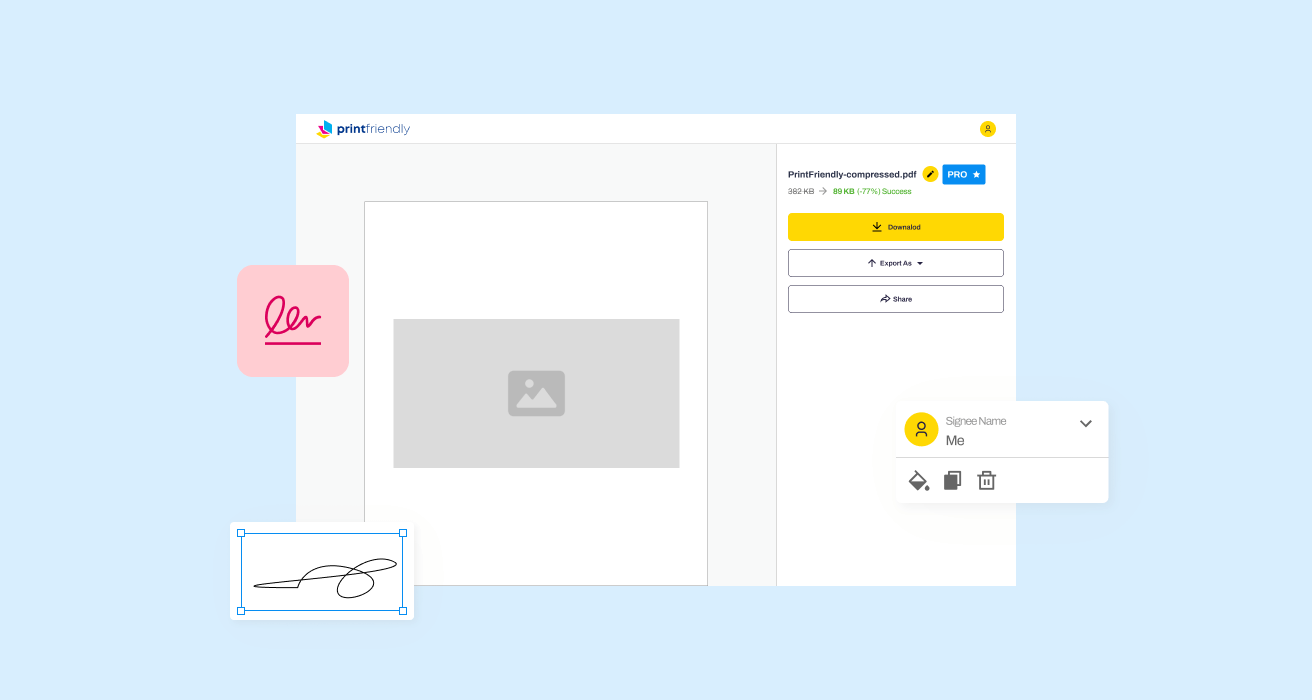
How to fill out the Ions and Ionic Compounds: Understanding Nomenclature?
1
Read through the instructions carefully.
2
Identify the type of ion you are working with.
3
Use the periodic table to determine charges.
4
Follow nomenclature rules for naming the ions.
5
Double-check your entries before submission.
Who needs the Ions and Ionic Compounds: Understanding Nomenclature?
1
Chemistry students who need to understand ionic compounds.
2
Teachers requiring instructional material on ions.
3
Researchers exploring inorganic chemistry.
4
Professionals in the pharmaceutical industry.
5
Educators developing chemistry curriculum.
How PrintFriendly Works
At PrintFriendly.com, you can edit, sign, share, and download the Ions and Ionic Compounds: Understanding Nomenclature along with hundreds of thousands of other documents. Our platform helps you seamlessly edit PDFs and other documents online. You can edit our large library of pre-existing files and upload your own documents. Managing PDFs has never been easier.

Edit your Ions and Ionic Compounds: Understanding Nomenclature online.
Editing this PDF on PrintFriendly is quick and easy. Simply upload your document and make the necessary changes seamlessly. With our user-friendly interface, your edits are just a few clicks away.

Add your legally-binding signature.
Signing your PDF on PrintFriendly is a breeze. Use our straightforward signing feature to mark your document securely and professionally. You can sign anywhere on the document with just a few simple steps.
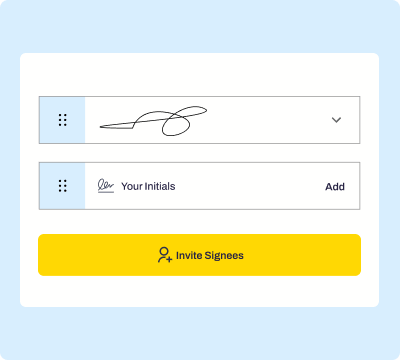
Share your form instantly.
Sharing your PDF has never been easier with PrintFriendly. Quickly send your edited document to colleagues or friends via email or social media. Enjoy hassle-free sharing with just a click.
How do I edit the Ions and Ionic Compounds: Understanding Nomenclature online?
Editing this PDF on PrintFriendly is quick and easy. Simply upload your document and make the necessary changes seamlessly. With our user-friendly interface, your edits are just a few clicks away.
1
Upload your PDF to PrintFriendly.
2
Make the necessary adjustments.
3
Preview your document to ensure accuracy.
4
Download the updated file to your device.
5
Share directly from the platform if needed.

What are the instructions for submitting this form?
To submit this form, ensure that all fields are filled accurately. You can email the completed form to the designated email address or submit it through an online portal if available. For physical submissions, provide the completed form to the relevant department's address.
What are the important dates for this form in 2024 and 2025?
Key dates for this form in 2024 and 2025 include submission deadlines and important announcements pertaining to updates in ionic nomenclature. Check back regularly for updates. Ensure you stay informed about significant events that could impact your work with ionic compounds.

What is the purpose of this form?
The primary purpose of this form is to provide detailed information and guidelines on ions and ionic compounds. It serves as a valuable resource for both students and educators in the field of chemistry. Additionally, this form aims to clarify the nomenclature required for the accurate identification of various ions.

Tell me about this form and its components and fields line-by-line.

- 1. Cation Name: The name given to positively charged ions.
- 2. Anion Name: The name assigned to negatively charged ions.
- 3. Ionic Charge: The electrical charge associated with each ion.
- 4. Polyatomic Ion: The name and formula of common polyatomic ions.
- 5. Transition Metal Charge: Information regarding the variabilities in charges for transition metals.
What happens if I fail to submit this form?
Failure to submit this form accurately could lead to misunderstandings or errors in the identification of ions. It's crucial to fill out each section thoroughly for successful completion and processing.
- Misidentification of Ions: Incorrect naming or charges may lead to confusion in chemical reactions.
- Delayed Processing: Failure to submit correctly can result in delays in receiving necessary information.
- Educational Impact: Students may suffer from misunderstandings stemming from inaccurate information.
How do I know when to use this form?

- 1. During Chemistry Courses: Students often need to fill out forms related to ions in class labs.
- 2. For Research Purposes: Researchers document ion characteristics in experimental records.
- 3. In Educational Settings: Teachers utilize these forms for creating assessments regarding ionic compounds.
Frequently Asked Questions
How can I edit this PDF?
You can easily edit the PDF by uploading it to PrintFriendly and making changes using our intuitive editor.
Can I share the PDF directly from PrintFriendly?
Yes, you can share your edited PDF directly via email or social media after editing.
Is it easy to sign the PDF?
Absolutely! Simply use our signing feature and place your signature wherever necessary.
What do I need to do before submitting the form?
Make sure to review your information and follow the nomenclature rules for accurate completion.
Can I download the PDF after editing?
Yes, once you're satisfied with your changes, you can download the edited PDF to your device.
What types of files can I upload?
PrintFriendly supports a variety of PDF files for editing and sharing.
Do I need to create an account to use PrintFriendly?
No, you can use PrintFriendly without creating an account for editing and sharing PDFs.
What if I make a mistake during editing?
You can easily revert changes or start fresh by re-uploading your PDF.
Can I edit multiple PDFs at once?
Currently, you need to edit one PDF at a time on PrintFriendly.
Is there a limit to how much I can edit?
No, you can make as many edits as needed within a single PDF.
Related Documents - Ions & Nomenclature Guide
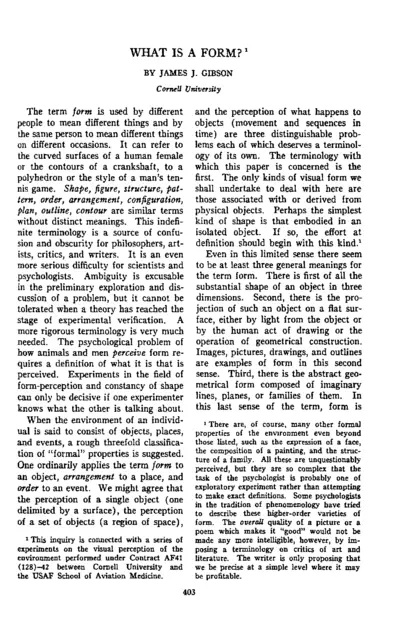
Understanding Form and Form-Perception by James J. Gibson
This document explores various definitions and theories of form, emphasizing the need for precise terminology. It delves into experiments related to the visual perception of form, distinguishing between solid and surface forms. The text critiques traditional views and presents new perspectives on form-perception.
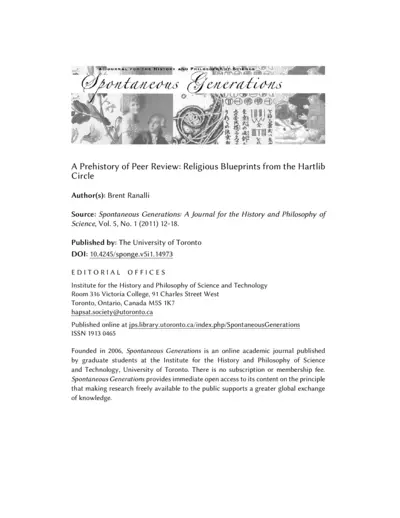
Prehistory of Peer Review: Religious Blueprints
This file explores the origins and development of peer review in science, tracing its roots to religious scholars in the Hartlib circle. It discusses the influence of the Royal Society of London and other early scientific organizations. The content is based on extensive historical research and analysis.
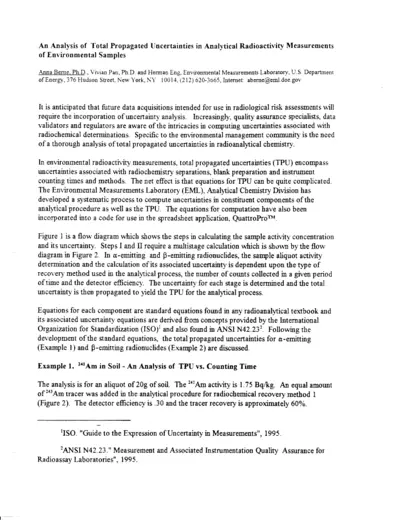
Analysis of Uncertainties in Radioactivity Measurements
This document discusses the uncertainties in analytical radioactivity measurements of environmental samples. It includes detailed equations and methods for calculating total propagated uncertainties. Useful for quality assurance specialists, data validators, and radiochemical analysts.
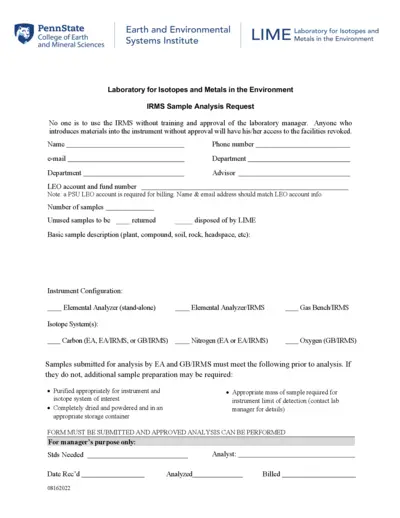
IRMS Sample Analysis Request Form Guidelines
This file contains instructions and details about the IRMS Sample Analysis Request Form. It is used to request sample analysis in the Laboratory for Isotopes and Metals in the Environment. Ensure you have the required approvals before using the IRMS.
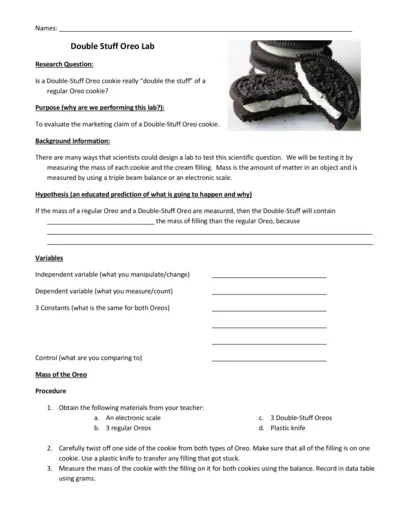
Double Stuff Oreo Cookie Science Experiment
This file contains details and instructions for conducting a science experiment to evaluate the marketing claim of Double-Stuff Oreo cookies. Users will measure the mass of regular and Double-Stuff Oreo cookies along with their fillings. It guides users through the process of data collection, calculation, and analysis using the scientific method.
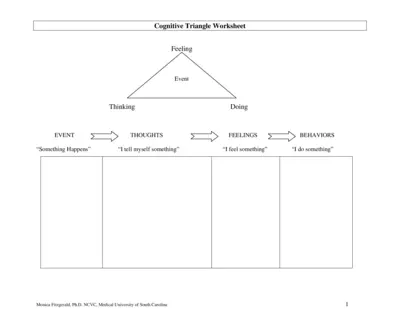
Cognitive Triangle Worksheet Instructions and Details
This file provides an overview and detailed instructions on how to use the Cognitive Triangle Worksheet. It helps users understand the relationship between their thoughts, feelings, and behaviors. Perfect for those interested in cognitive-behavioral strategies.

Engaging Doctor Pretend Play Printables for Kids
Transform playtime with free doctor pretend play printables designed for kids. These fun tools foster creativity and learning through imaginative play. Perfect for children from toddlers to first graders.
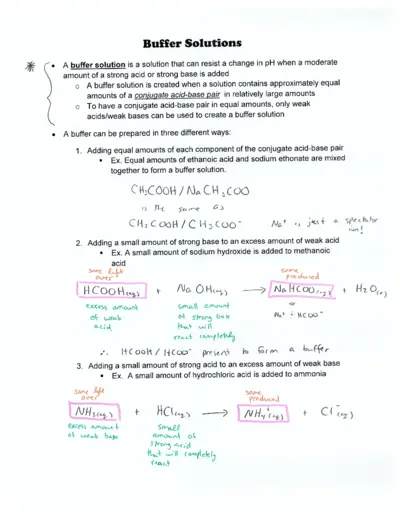
Buffer Solutions: Understanding Their Functionality
This file provides comprehensive insights into buffer solutions, including their preparation and pH resistance mechanisms. Ideal for chemistry students and professionals seeking to understand buffer systems. Practice problems included for hands-on learning.
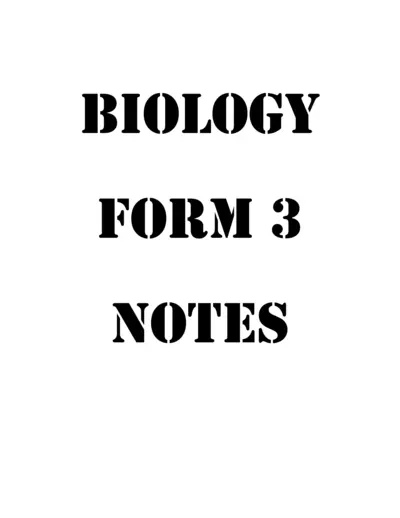
Biology Form 3 Notes and Instructions
This file contains detailed biology notes for Form 3 students. It covers essential topics such as organism classification and characteristics of various kingdoms. Perfect for studying and exam preparation.
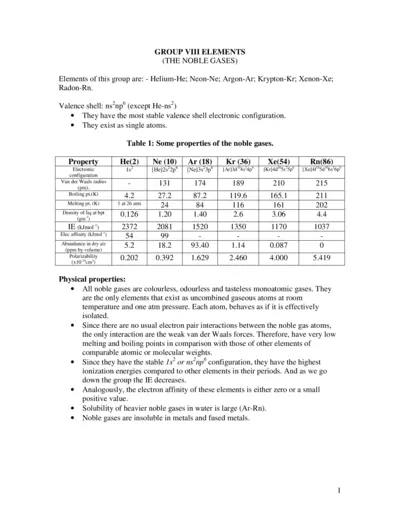
Noble Gases Properties and Chemical Behavior
This document provides a comprehensive overview of the noble gases, their properties, and chemical behaviors. It includes information on individual gases, their electronic configurations, and compound formations. Ideal for students and professionals in chemistry.
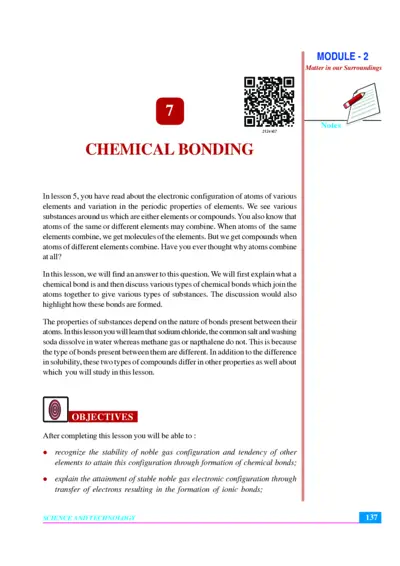
Chemical Bonding and Matter in Our Surroundings
This file provides detailed insights into chemical bonding, including ionic and covalent bonds. It covers the principles of matter in our surroundings and the electronic configurations of elements. Ideal for students and educators in chemistry to enhance their understanding.
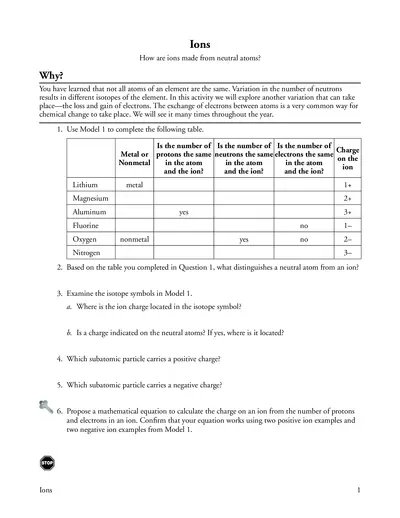
Understanding Ions and Their Formation in Chemistry
This file provides comprehensive insights into the formation of ions from neutral atoms. It covers the characteristics of cations and anions and explores the chemical changes involved. Perfect for students and educators seeking to understand atomic variations.